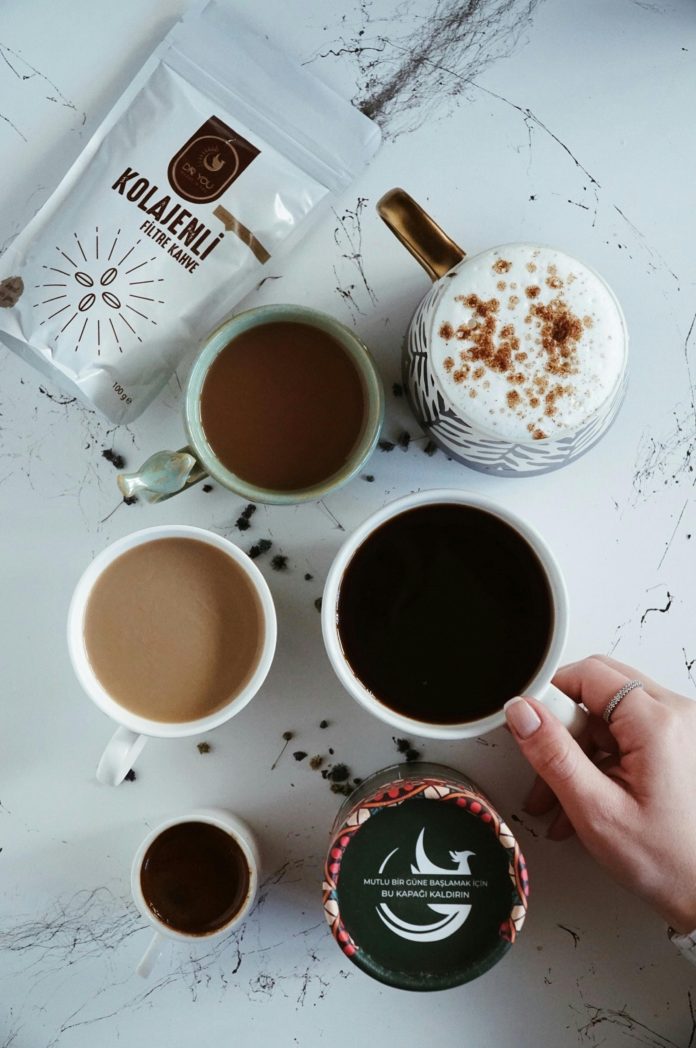Roofing is one of the most important parts of your home, and it’s also one of the most expensive. You need to make sure that you’re getting a roof that’s going to last and look good as long as possible. However, there are several different types of roofs out there with their own advantages and disadvantages. In this post we’ll discuss what they are so you can choose wisely when deciding on your next roof!
Shingle Roofs
Shingle roofs are the most common type of roof in the world. They’re easy to install and replace, but they do require maintenance over time. Shingles are made from asphalt, wood or fiberglass, which makes them lightweight–a big advantage for DIYers who want their own hands on their home improvements!
Shingle roofs also tend to be more affordable than other types of roofing materials (though this will depend on your geographic location).
That’s because shingles are relatively inexpensive compared to other options like tile or slate tiles. If you choose an asphalt shingle that comes with a lifetime warranty against cracking or peeling under normal conditions (20 years), then your investment in this type of material may pay off even further over time as well as save money upfront by not needing any repairs during its lifespan!
Shingle roofs do have some disadvantages when compared with other types of roofing materials such as metal or concrete tile. For example, they can leak if the nails holding them down rust over time due to exposure to moisture or high winds which may cause them to lift off of the decking below them. They also tend to collect more debris than other types of roofing material which can lead to further damage over time if not cleaned regularly.
Slate Roofs
Slate roofs are one of the longest-lasting roofing materials available. While they’re more expensive than asphalt shingles, they can last up to 50 years or more. Slate roofs are extremely durable, especially when compared to asphalt shingles, which can eventually crack and split over time. They also offer excellent resistance against fire and weather damage. Slate is also very resistant to fire and can withstand temperatures up to 1,000 degrees Fahrenheit for at least 15 minutes without suffering any damage.
The biggest disadvantage with slate roofs is that they’re heavy; they require more maintenance than other roofing types because they need to be cleaned regularly to avoid moss growth or algae growth on the surface of the tiles themselves.
Tile Roofs
Tile roofs are very durable, but they do require more maintenance than other types of roofs. They also tend to be more expensive than other types of roofing materials because they’re heavier and more difficult to install. However, if you live in an area prone to high winds or hail storms, then tile roofs are a great option since they’re strong enough to withstand damage from these natural disasters.
That being said, tile roofs can last for decades if they’re properly maintained and repaired when necessary.
However, tile roofs have a few disadvantages:
· Tile roofs are heavy, which makes them more difficult to install than other types of roofing materials.
· Tiles may crack over time due to exposure to sunlight and extreme temperatures.
· They’re more expensive than other types of roofing materials (with the exception of slate).
· The installation process can be lengthy and difficult due to the weight of the tiles.
Copper roofs
Copper is one of the most durable metals and maintains its color for many years. It is also easy to maintain, but it can be expensive. Copper roofs are beautiful on homes and buildings because they give a sense of elegance to any structure.
A copper roof is made from an alloy that contains copper, zinc and other metals. The color of real copper roofing comes from a chemical reaction between the metal and the environment, which causes oxidation on the surface of the copper roofing material. This process can take anywhere from 5-10 years before your roof will start to turn green or blue in color depending on how much rainwater falls on it every year. The longer you wait for this process to occur, the darker your roof will become over time.
Copper roofs are very durable with minimal maintenance required over time due to their corrosion resistance qualities which makes them ideal for coastal regions where high winds and salt spray can damage other types of roofing materials.
Metal Roofs
Metal roofs are a popular choice for homeowners who want to ensure their roof will last for many years. Metal roofs come in many different styles, colors, and textures. They can be made of either steel or aluminum.
There are several disadvantages to metal roofs, though. They are more expensive than other types of roofs, and they require regular maintenance to keep them looking their best. Since metal roofs are not as energy efficient as some other types of roofs, you may need to install additional insulation underneath your shingles or tiles in order to prevent heat loss during cold months or extreme heat gain during hot months. Metal roofs also tend to emit higher levels of VOCs (volatile organic compounds) into the air than other types of materials do when applied during installation or maintenance work on the roof decking surface.
As you can see, there are many different types of roofing materials and they each have their own advantages and disadvantages. In the end, it’s up to you and your family to decide which type is right for your home.






